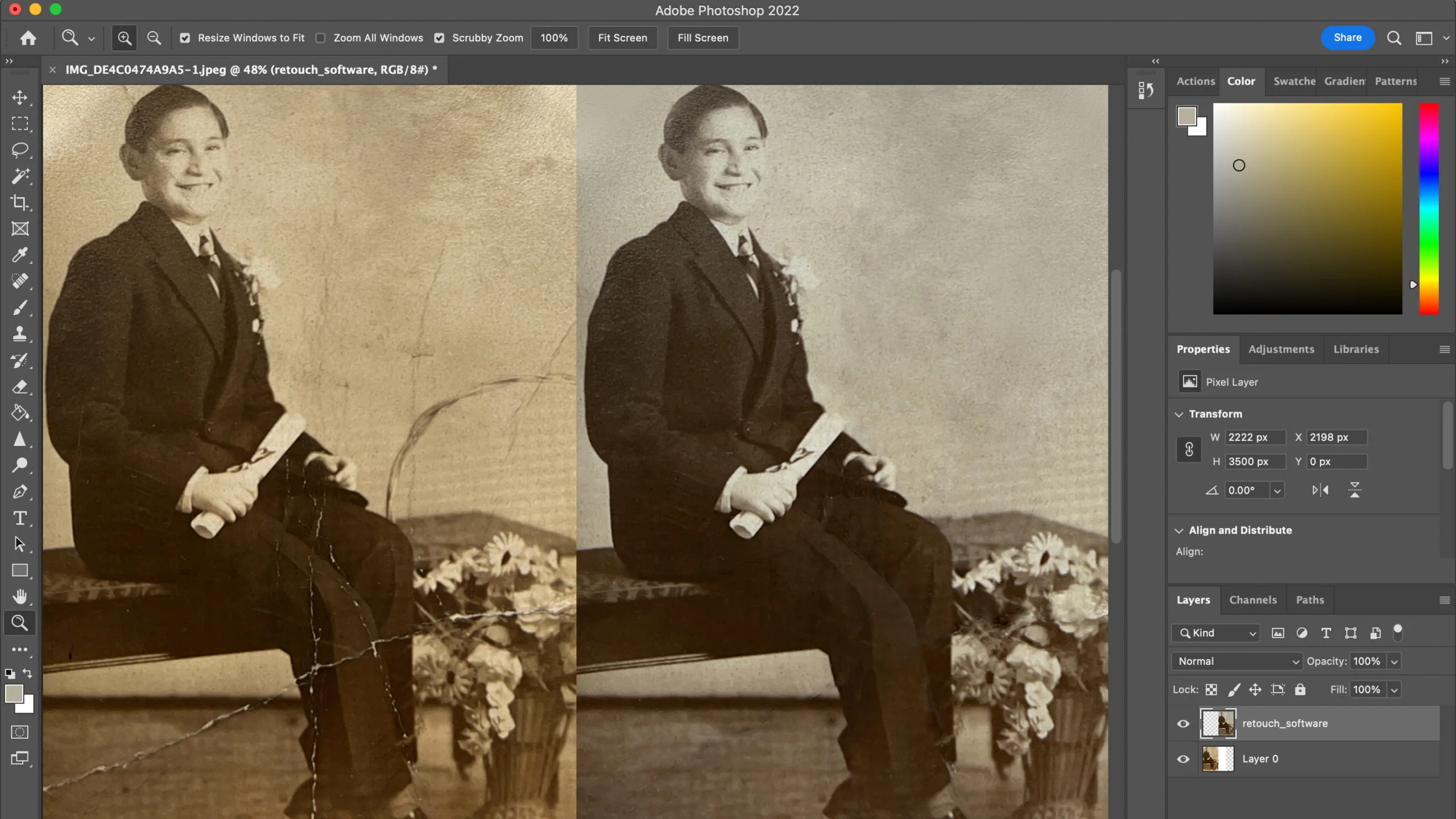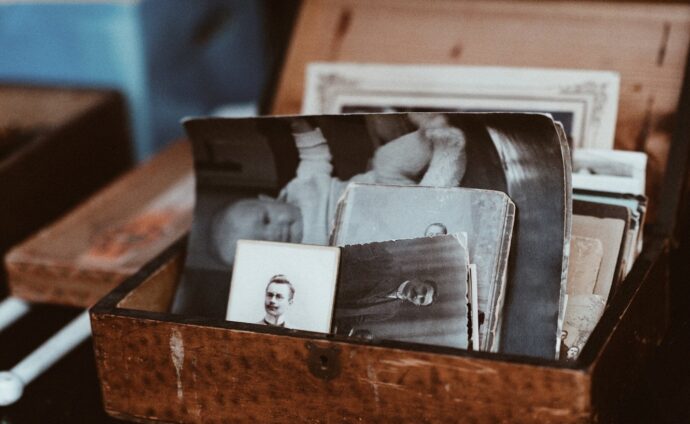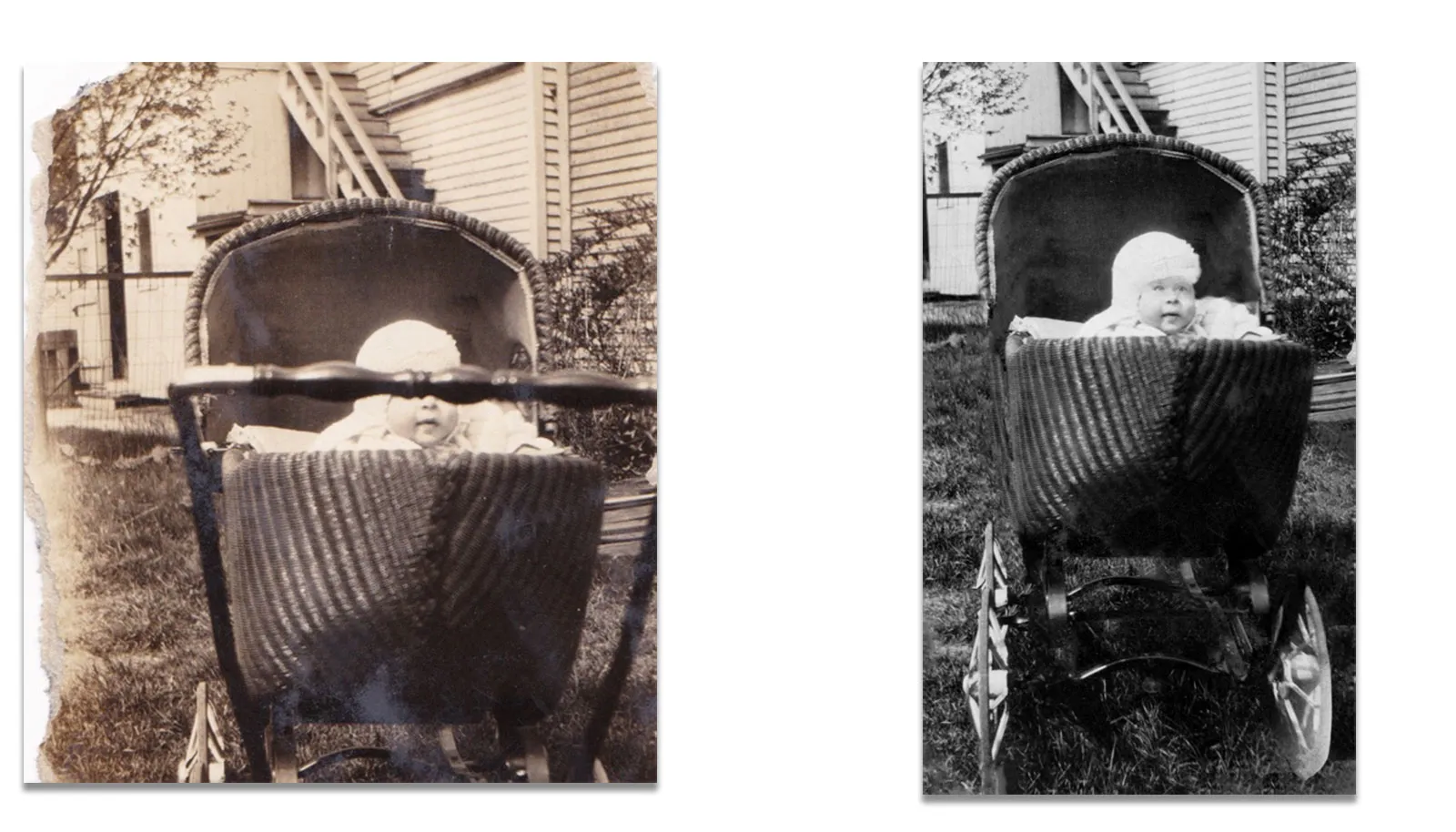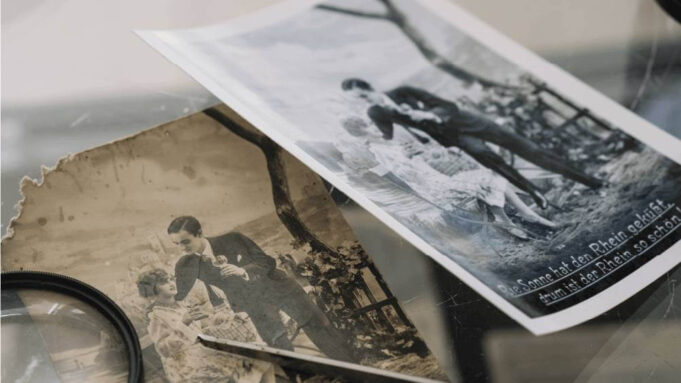Photographs are special in our hearts, preserving historical moments and personal stories. However, with time, these visual treasures face the challenge of degradation. Fading colors, creases, and other damages threaten the clarity and vibrancy of the images we hold dear.
In our modern era, where technology intertwines with every aspect of our lives, we’re fortunate to have photo restoration and pdf repair tools like Wondershare Repairit to address this contemporary challenge. Repair it is not just a tool; it’s a gateway to reviving the past, ensuring that the visual narratives we hold dear remain vivid and intact.
In this article, we will delve into the evolution of photo restoration, exploring its historical significance and the pressing need for solutions like Wondershare Repairit to restore old photos. So let’s start:
Understanding Photo Damage
Causes and Types of Photo Degradation
Photos, like fragile time capsules, are susceptible to the influences of the world around them. Environmental elements such as sunlight, humidity, and air pollutants can gradually affect their quality. Understanding these factors is crucial in addressing the challenges of photodegradation.
Common Types of Damage – Physical, Chemical, and Digital
Photodamage comes in various forms, each presenting unique challenges. Physical damage, like creases or tears, can result from mishandling, while chemical damage may occur due to exposure to harmful substances. In our digital age, even virtual copies are not immune, facing the risk of corruption or loss. Recognizing these types of damage is the first step toward effective restoration.
Importance of Photo Restoration

The Role of Restored Photos in Safeguarding History
Restored photos play a crucial role in preserving our shared history. Whether it’s a vintage family portrait or a snapshot from a bygone era, these images encapsulate moments that contribute to the broader tapestry of human history. Picture restoration becomes a means of safeguarding these historical fragments, ensuring they endure for future generations.
Contributions to Cultural Heritage and Collective Memory
Beyond individual stories, restored photos contribute to our cultural heritage. They become integral pieces of the collective memory, providing a visual chronicle of societal evolution. By revitalizing these images, we honor the past and enrich the understanding of our cultural roots.
Recovering Personal Memories
Photos are not just visual artifacts but emotional anchors to our personal histories. The emotional value of a cherished family photo or a snapshot from a special occasion is immeasurable. Photo restoration allows us to reclaim these emotional connections by breathing new life into images that might have faded with time.
Reconnecting with the Past through Visual Narratives
Photo restoration becomes a gateway to reconnecting with the past. It transforms faded or damaged images into vivid visual narratives, reigniting the emotions and experiences captured in each frame. This reconnection with the past fosters a deeper appreciation for the journey that has led us to the present.
Exploring Photo Restoration Methods
Traditional vs. Digital Approaches
The realm of photo restoration encompasses a blend of traditional and digital methodologies. Traditional techniques involve hands-on approaches, such as manual retouching and chemical treatments. These methods, while time-honored, have limitations in addressing complex damages.
On the other hand, digital restoration leverages advanced technologies to revive photos, offering a more versatile and efficient solution.
Advantages and Limitations of Digital Restoration
Digital restoration brings many advantages, including precision, speed, and the ability to tackle a wide range of damages. However, it’s essential to acknowledge its limitations, such as the dependence on software capabilities and the potential loss of certain original characteristics during the process.
Wondershare Repairit: A Comprehensive Photo Repair Tool

Wondershare Repairit emerges as a dedicated solution in the landscape of photo repair. It stands out as a specialized tool designed to address various types of photodamage, offering users a streamlined and effective approach to restoration.
In the face of evolving challenges in photodegradation, Repairit bridges the gap with cutting-edge technology. It recognizes the complexities of modern-day photodamage and responds with sophisticated algorithms and features tailored to meet the demands of comprehensive restoration.
Repair it for Efficient Photo Repair
Repairit’s user-friendly interface provides an accessible entry point for users, ensuring a hassle-free experience in initiating photo repair processes. Navigating the tool is designed to be intuitive, catering to users with varying technical expertise.
A Step-by-Step Guide for Photo Restoration with Repairit
The journey to photo restoration begins with importing damaged photos into Repairit. This step-by-step guide simplifies the process, allowing users to seamlessly upload their photos and prepare them for the subsequent restoration steps.
Step 1: Importing Damaged Photos
Users start by importing their damaged photos into the Repairit platform.
Step 2: Analysis and Diagnosis
Repair meticulously analyzes the extent of damage, diagnosing issues to tailor its restoration approach.
Step 3: Automated Repair
Leveraging advanced algorithms, Repairit automatically repairs and restores the damaged elements in the photos.
Step 4: Preview and Save
The final step involves saving the restored photos, ready to be enjoyed again in their renewed splendor.
Tips for Successful Photo Restoration

Before embarking on the journey of restoring your precious photos, remember these crucial steps:
Backup your originals:
Always create high-resolution backups of your photos before attempting any photo restoration. It ensures you have a pristine copy in case of unforeseen issues.
Assess the damage:
Analyze the extent and type of damage to determine the most suitable restoration approach. For example, minor scratches might require simple in-painting, while extensive tears might necessitate advanced reconstruction techniques.
Utilizing Advanced Features of Repairit:
Wondershare Repairit offers a powerful arsenal of features to tackle various photo ailments. Here’s how to maximize its capabilities:
- Batch processing: Save time by repairing multiple photos simultaneously.
- AI-powered facial reconstruction: Breathe life back into damaged portraits with Repairit’s advanced facial reconstruction technology.
- Noise reduction: Eliminate unwanted grain and artifacts for a cleaner, crisper look.
- Color correction: Restore lost vibrancy and adjust the color balance for a more natural appearance.
Ensuring Long-Term Preservation:
Once you restore old photos, prioritize their long-term protection:
Secure storage:
Use archival-quality storage solutions like acid-free paper sleeves and photo albums.
Digital backups:
Maintain digital copies on external hard drives or cloud storage services for redundancy.
Regular check-ups:
Monitor your restored photos for any signs of deterioration and perform minor maintenance like dust removal as needed.

Final Thoughts
Photo restoration is a powerful tool allowing us to reclaim lost memories, preserve historical moments, and rekindle the vibrant narratives in our photographs. By understanding the causes and types of damage, exploring advanced tools like Wondershare Repairit, and adopting proper pre- and post-restoration measures, you can transform these faded relics into cherished heirlooms for generations to come.
Remember, photo restoration is not just about restoring pixels; it’s about reviving emotions, preserving history, and rekindling the stories that bind us. Take the first step towards old photo restoration today, and watch your cherished memories come alive again.















